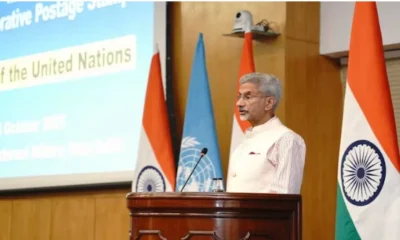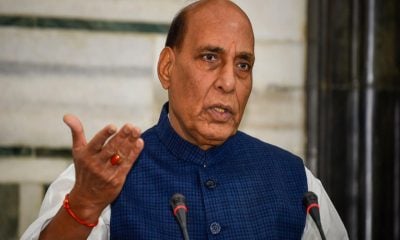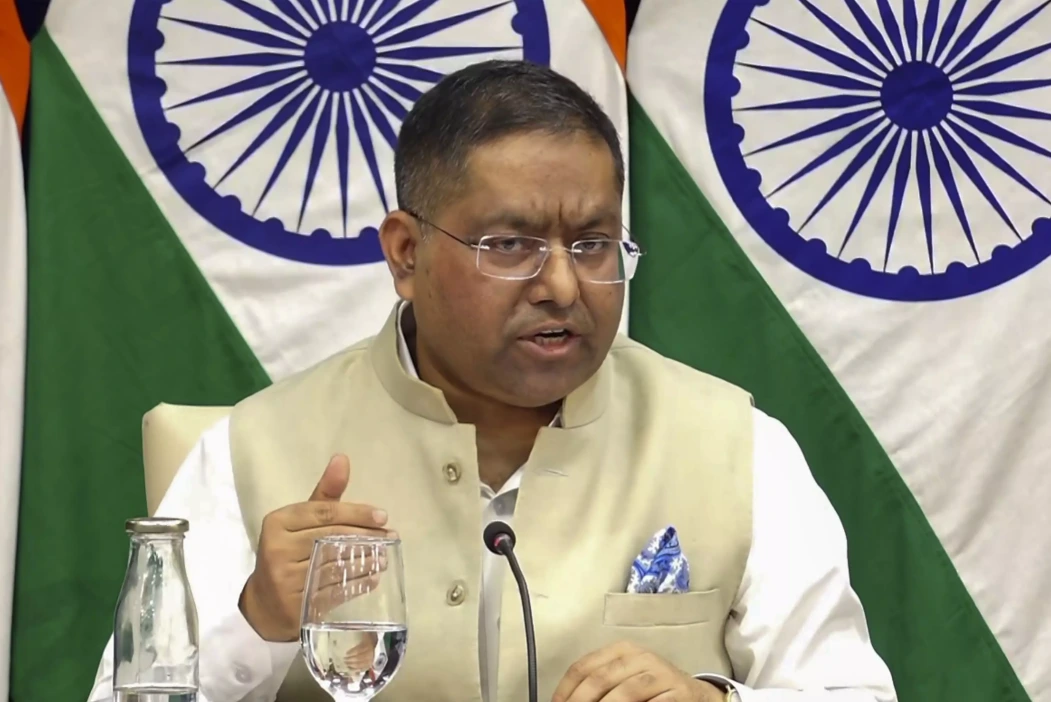Latest world news
India wins Kishangana battle against Pakistan at International Court

India News
Bangladeshi singer James’ concert cancelled after mob attack in Faridpur
A live concert by Bangladeshi singer James was cancelled in Faridpur after a mob allegedly attacked the venue with bricks and stones, raising concerns over safety of artists.
Latest world news
India flags attacks on Hindus in Bangladesh as worrisome after recent lynchings
India has reacted sharply to recent lynchings of Hindu men in Bangladesh, calling the attacks on minorities worrisome and urging that those responsible be brought to justice.
Latest world news
Khaleda son Tarique Rahman arrives to rapturous welcome in Bangladesh
Tarique Rahman returned to Bangladesh after 17 years and, in his first speech, invoked Martin Luther King while outlining what he called a plan for the country’s future.
-

 India News22 hours ago
India News22 hours agoAAP targets Delhi LG with Ghajini dig over pollution row, BJP hits back
-

 Entertainment22 hours ago
Entertainment22 hours agoDhurandhar box office collection crosses Rs 1,000 crore worldwide in 21 days
-

 Latest world news21 hours ago
Latest world news21 hours agoIndia flags attacks on Hindus in Bangladesh as worrisome after recent lynchings
-

 India News22 hours ago
India News22 hours agoTraffic slows in Himachal Pradesh as year-end tourist rush chokes roads to Shimla, Manali
-

 India News4 hours ago
India News4 hours agoCBI moves Supreme Court against suspension of Kuldeep Sengar’s life sentence in Unnao rape case
-

 India News3 hours ago
India News3 hours agoBangladeshi singer James’ concert cancelled after mob attack in Faridpur
-

 India News3 hours ago
India News3 hours agoOver 2,000 Maoists surrender under Chhattisgarh rehabilitation policy, says CM Vishnu Deo Sai
-

 India News3 hours ago
India News3 hours agoOp Aaghat 3.0: Delhi police arrest over 280 accused ahead of New Year celebrations



















